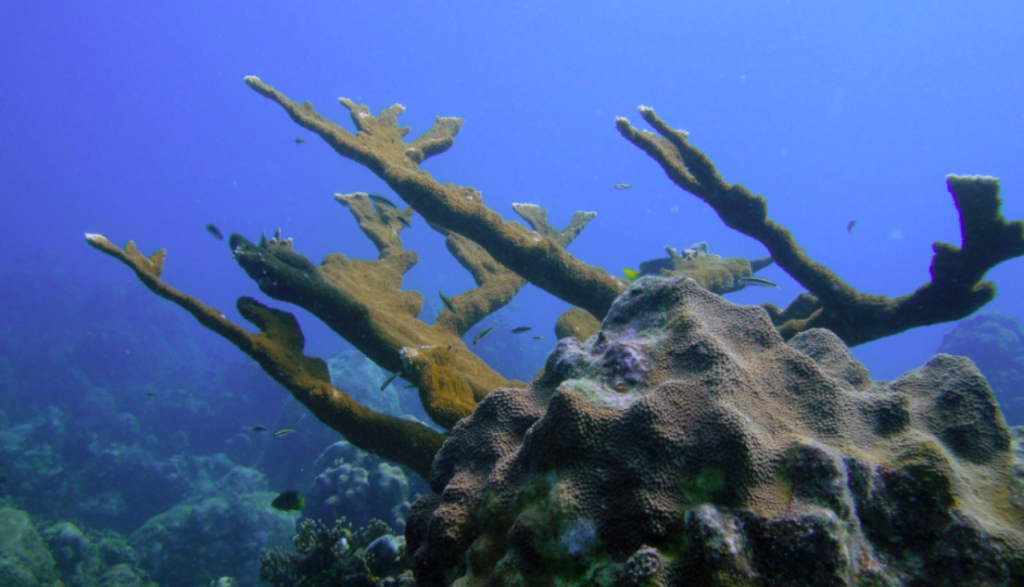

The macroalgae, or seaweed, is flourishing. Algae of all sizes are enjoying some of the healthiest meals they have ever had because of the sewage and nutrient-dense agricultural runoff that have multiplied along with the rise in human population. Coral reefs, which are suffocating beneath the heavy layers of seaweed that have taken over Florida’s shore, are not benefiting from this; algae are. Marine ecologists in Florida are mobilizing an army of unlikely heroes—crabs—to provide a hand.
The greatest reef in the continental United States, located in Florida, has lost over 90% of its coral due to tissue loss disease and rising waters over the past few decades. To put it plainly, what’s left is struggling. Living coral is being choked out by seaweed, which has been having a blast for the reasons mentioned above and covering the seafloor thickly. That layer of macroalgae dramatically reduces the chances of success for coral larvae, or planulae, as they float through the water looking for a spot to attach. While seaweed is busy acting as a marine curtain, adult coral cannot absorb the sunlight required for growth.
Several marine creatures consume macroalgae. One such species is the long-spined sea urchin, which was driven extinct in the Caribbean in the 1980s by an unidentified infection. (As one might expect, this served to increase the amount of seaweed in Florida.) Fortunately, there is another type of eager macro algae eaters: Caribbean king crabs. Being native to Florida and one of the only herbivores in the area, they not only consume seaweed with astounding efficiency but also lessen the likelihood that their increased population will have a detrimental effect on marine ecosystems.
It’s also not too difficult to breed them. The Florida Coral Reef Restoration Crab Hatchery Research Center at Sarasota’s Mote Marine Laboratory and Aquarium opened its doors last month with the goal of producing 34,000 Caribbean king crabs over the next four years. According to Vox, the group may now be able to generate 250,000 crabs annually, or 29 times that amount.
After being released into the ocean, these crabs should begin eating Florida’s excess macroalgae, which will enable young coral to attach itself to the seafloor and older coral to get enough sunlight. But first, the crab hatchery needs to train its army of crustaceans to repel predators. Because there aren’t many octopi or ocean mammals in Mote’s tanks, the ecologists there evaluate the crabs’ ability to fight or flee by spooking them with sock puppets.